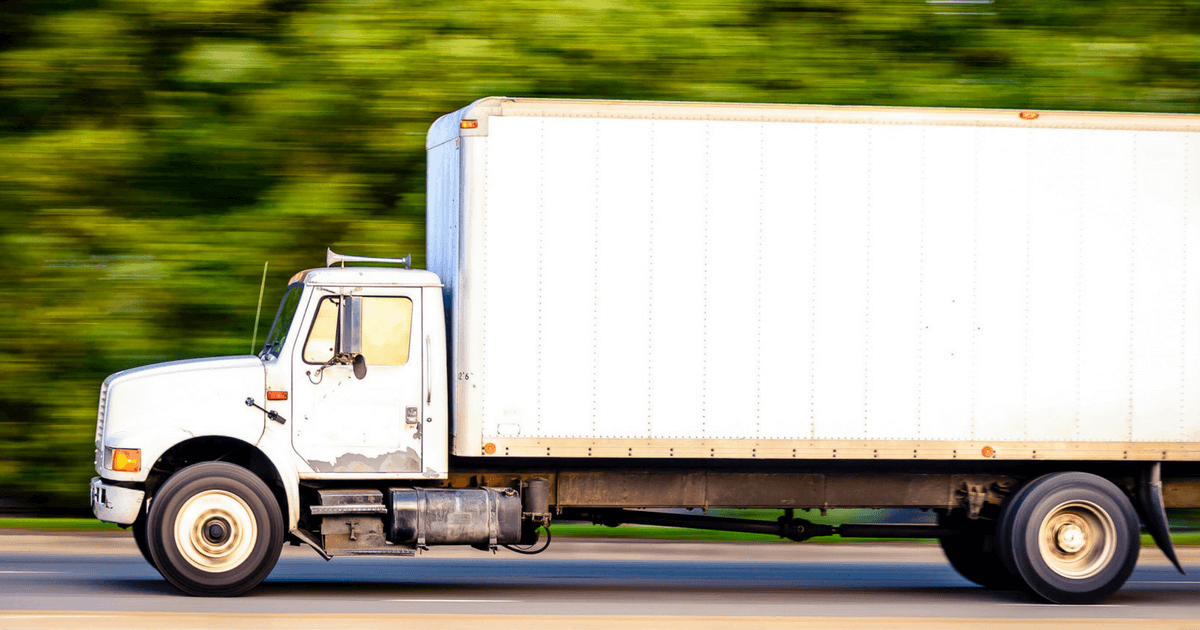Navigating the New Normal: Essential Health Protocols for Post-Pandemic Travel
The pandemic may no longer dominate headlines, but its imprint on how we travel is here to stay. From airport screenings to mask etiquette, the rules of the road have evolved—and so must we. That’s why we’ve expanded our guide to 20 Essential Health Protocols for Post-Pandemic Travel: a practical roadmap for anyone navigating this new era of global movement. This isn’t about fear—it’s about foresight. The protocols outlined here go beyond hand sanitizer and PCR tests; they reflect a shift in mindset toward collective responsibility, informed choices, and resilient habits. Whether you're boarding a long-haul flight or exploring a local market abroad, these tips will help you travel smarter, safer, and with greater awareness. Because staying healthy on the move isn’t just about protection—it’s about participation in a global community that now knows just how much health matters.
1. The Importance of Personal Hygiene

Personal hygiene, once considered routine, has reemerged as a frontline defense in public health. Handwashing with soap and water is not just a preventive habit—it’s a critical barrier against the spread of viruses, bacteria, and other pathogens. The pandemic reminded us how basic hygiene practices can protect not only individuals but entire communities. Simple measures like regular bathing, nail trimming, and proper sanitation can significantly reduce the risk of infections. Personal hygiene also reinforces dignity, self-respect, and public responsibility, forming a foundation upon which broader health strategies rest in both personal and societal settings.
2. The Role of Face Masks and Respiratory Etiquette
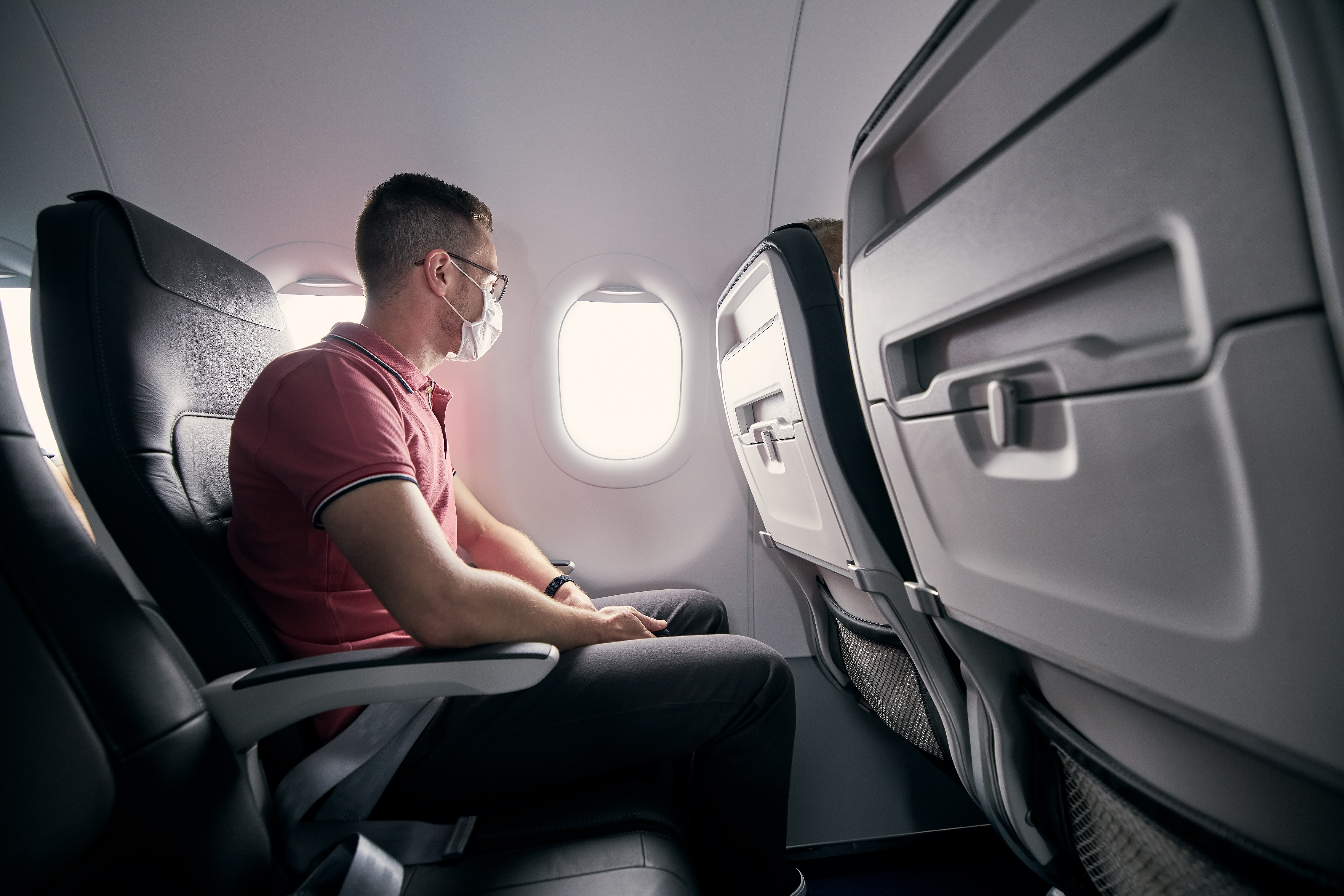
Face masks became a defining symbol of the pandemic—not only for protection but for empathy. Their use helped curb virus transmission, especially in crowded or enclosed spaces. Beyond masks, respiratory etiquette—covering coughs and sneezes, avoiding touching one’s face, and disposing of tissues properly—gained global attention. These behaviors demonstrated how small individual actions can yield large-scale benefits. Importantly, these habits continue to be relevant in flu season and respiratory outbreaks, serving as tools for ongoing disease prevention. Their adoption reflects a shift toward more conscious, communal health behavior and mutual accountability in shared environments.
3. Social Distancing and Its Long-term Implications

Social distancing changed how we interact, work, and live—forcing physical separation to prevent viral spread. While initially seen as temporary, its long-term implications are significant. From reimagining urban design to transforming office layouts and social norms, distancing has altered our relationship with space and proximity. It also accelerated digital communication and reshaped emotional expectations in personal relationships. While the acute need may fade, its impact lingers—particularly in how we assess crowding, personal space, and health-conscious interaction. Social distancing redefined collective responsibility and reminded us that physical boundaries can be powerful tools for public health.
4. The Significance of Vaccination and Immunization

Vaccination emerged as one of the most effective tools in ending the deadliest waves of the pandemic. It not only reduced hospitalizations and deaths but allowed societies to reopen safely. The global effort to develop, distribute, and administer vaccines marked a historic scientific achievement and showcased the power of collective action. Immunization protects individuals and builds herd immunity, safeguarding vulnerable populations. It also reignited important conversations about trust in science, equitable access, and misinformation. Going forward, vaccine literacy and readiness will remain vital—not just for COVID-19 but for future outbreaks and long-standing preventable diseases.
5. Mental Health Awareness and Support Systems
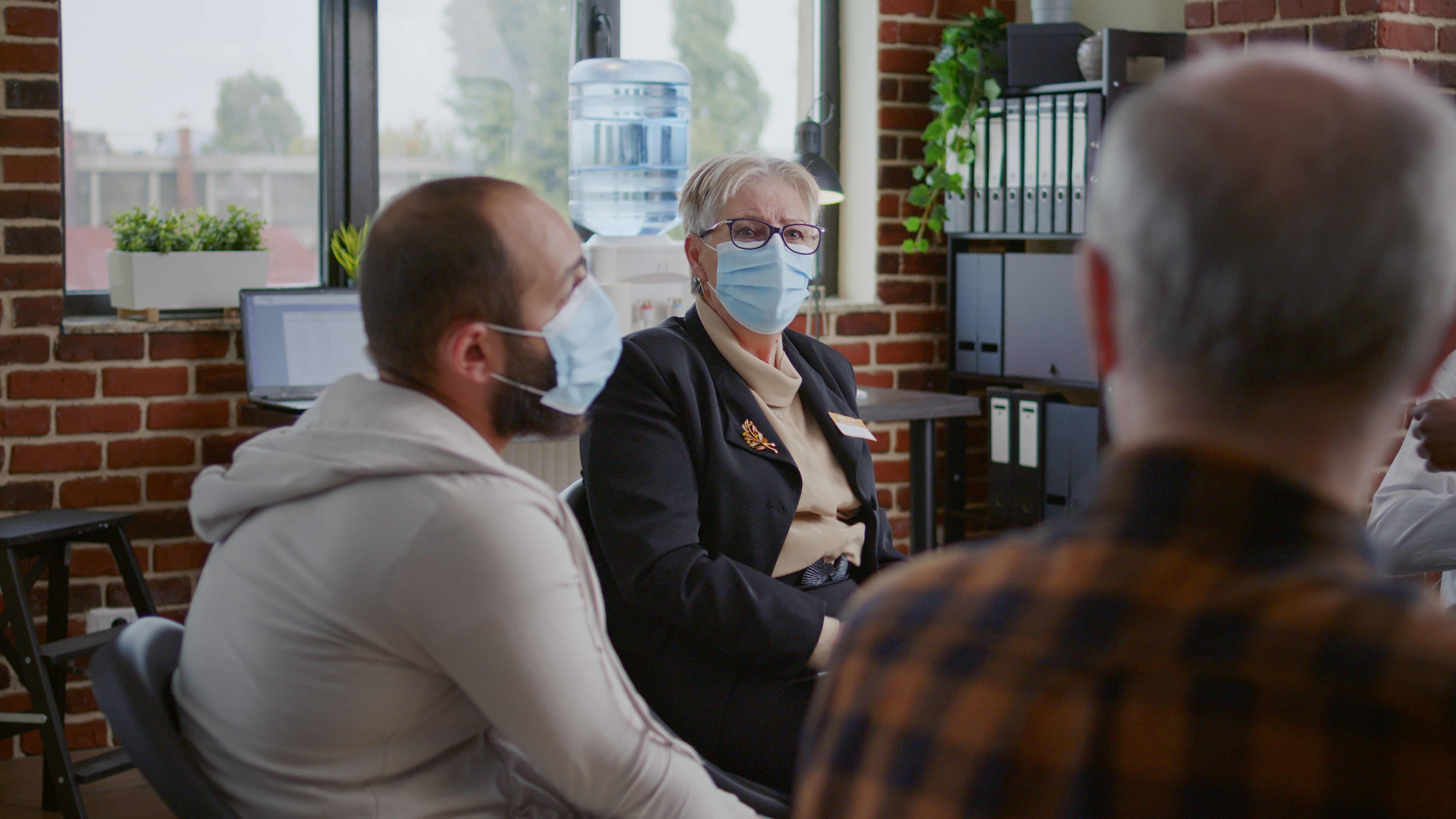
The pandemic illuminated the invisible crisis of mental health. Prolonged isolation, uncertainty, grief, and burnout pushed many to emotional limits. In response, there was a global push to destigmatize mental health conversations and improve access to care. Teletherapy, mental health apps, and workplace support systems gained momentum. More people began to understand that mental well-being is as crucial as physical health. This shift also prompted institutions to reevaluate how they support emotional resilience. Recognizing stress, anxiety, and depression as valid health concerns created a more compassionate lens—one that continues to shape post-pandemic recovery and future health frameworks.
6. The Impact of Nutrition on Immune Health
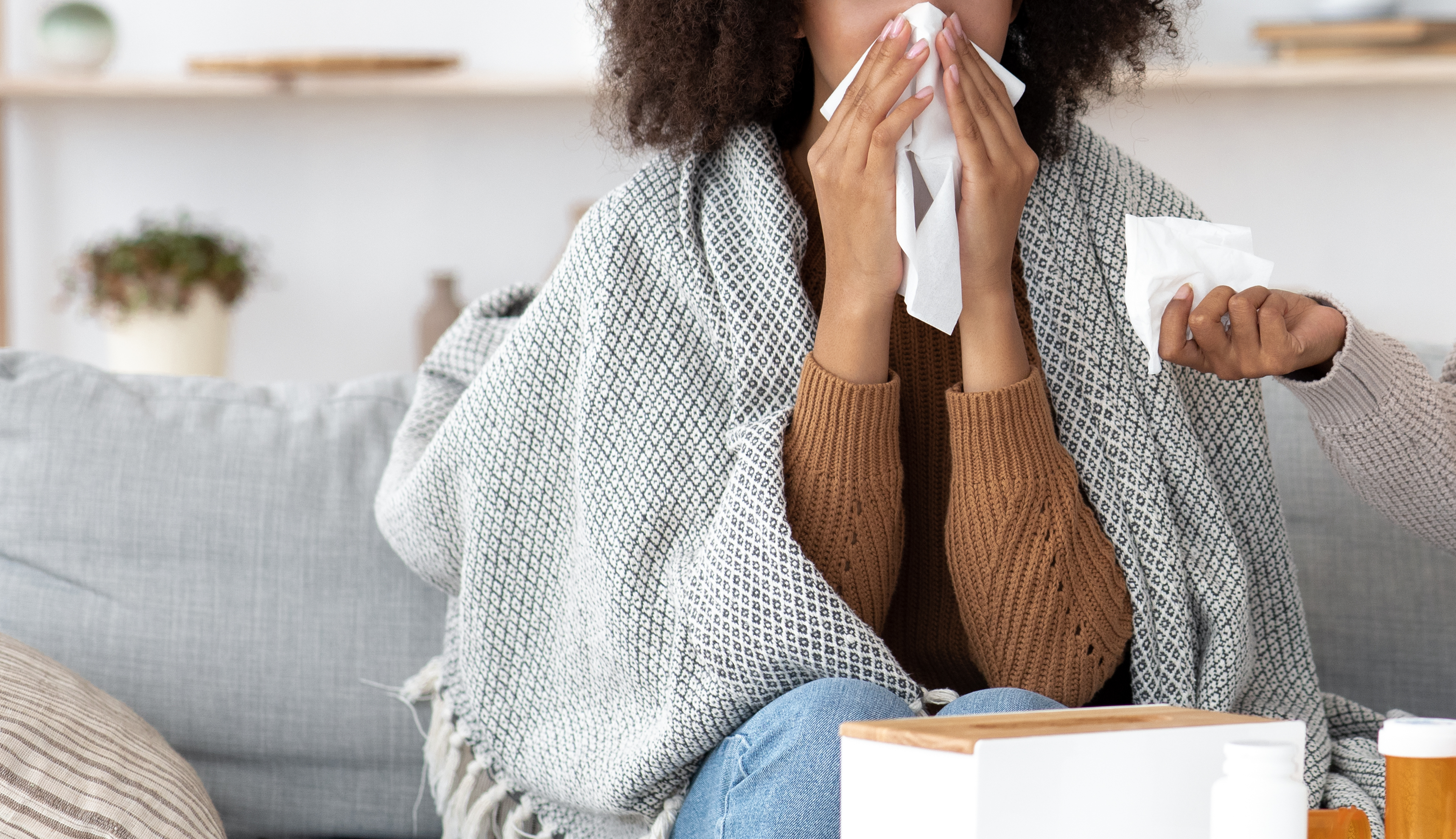
Nutrition plays a foundational role in building and maintaining immune strength. During the pandemic, increased attention was given to diets rich in vitamins, antioxidants, and anti-inflammatory properties. Nutrients such as vitamin C, D, zinc, and protein became part of public health discourse. While no food alone can prevent illness, a balanced diet supports the body’s ability to respond to infections. The pandemic also exposed global food inequities and the importance of access to nutritious options. As we emerge from crisis mode, nutrition must remain a priority—not only for recovery but for strengthening long-term immune defense and public health equity.
7. The Role of Physical Activity in Health Maintenance

Physical activity emerged as both a coping mechanism and health necessity during the pandemic. From home workouts to neighborhood walks, movement became a way to manage stress, boost immunity, and break sedentary routines. Exercise supports cardiovascular health, mental clarity, sleep quality, and emotional regulation—all vital in uncertain times. Importantly, it also became a symbol of reclaiming control over one’s environment and energy. Post-pandemic, the value of daily physical activity remains non-negotiable. Whether formal or informal, structured or spontaneous, regular movement is one of the most accessible tools we have for maintaining holistic health and well-being.
8. The Importance of Regular Health Check-ups

Preventive care became even more urgent during the pandemic, as delays in routine check-ups led to undiagnosed conditions and worsening health outcomes. Regular screenings, bloodwork, and consultations help detect issues early, guide lifestyle adjustments, and monitor chronic conditions. Check-ups are also a chance to build relationships with healthcare providers and ask questions that support informed decision-making. In a post-pandemic world, they offer a critical checkpoint—not just for physical metrics, but for rebuilding a sense of proactive care. Prioritizing these visits is no longer just responsible—it’s essential to ensure long-term resilience and early intervention.
9. Understanding and Mitigating Environmental Health Risks
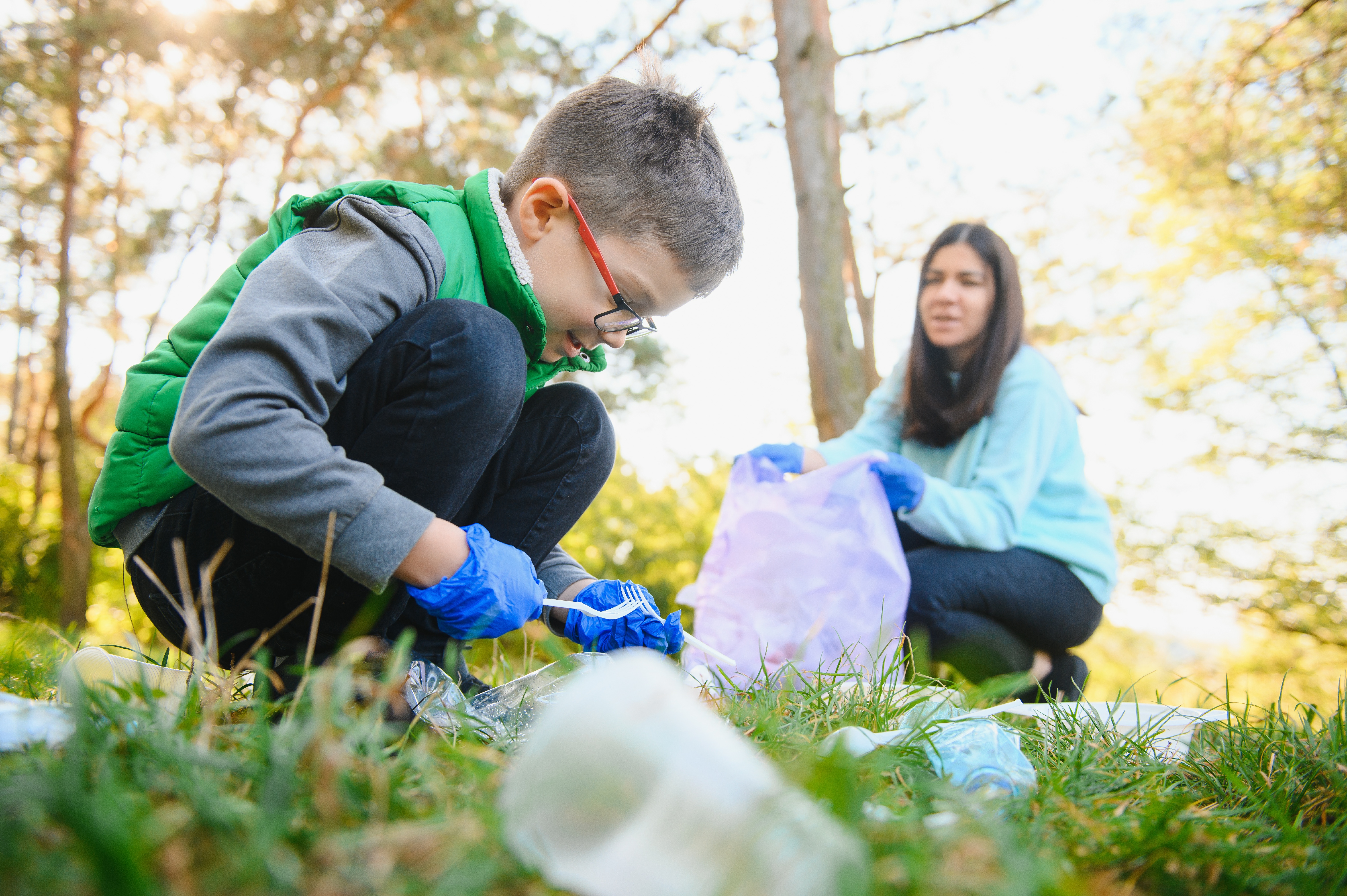
The pandemic spotlighted the interconnectedness between environmental and human health. Issues such as air quality, urban crowding, and zoonotic transmission received renewed scrutiny. Environmental health risks, ranging from pollution to climate-related illnesses, can worsen disease outcomes and disproportionately affect vulnerable populations. Mitigation involves not only policy changes but everyday behaviors like sustainable living, reduced waste, and awareness of local environmental hazards. Understanding these links is critical in shaping healthier communities. The lesson is clear—protecting the planet protects people. As we build a post-pandemic future, environmental consciousness must be embedded in every public health conversation.
10. The Role of Technology in Health Monitoring
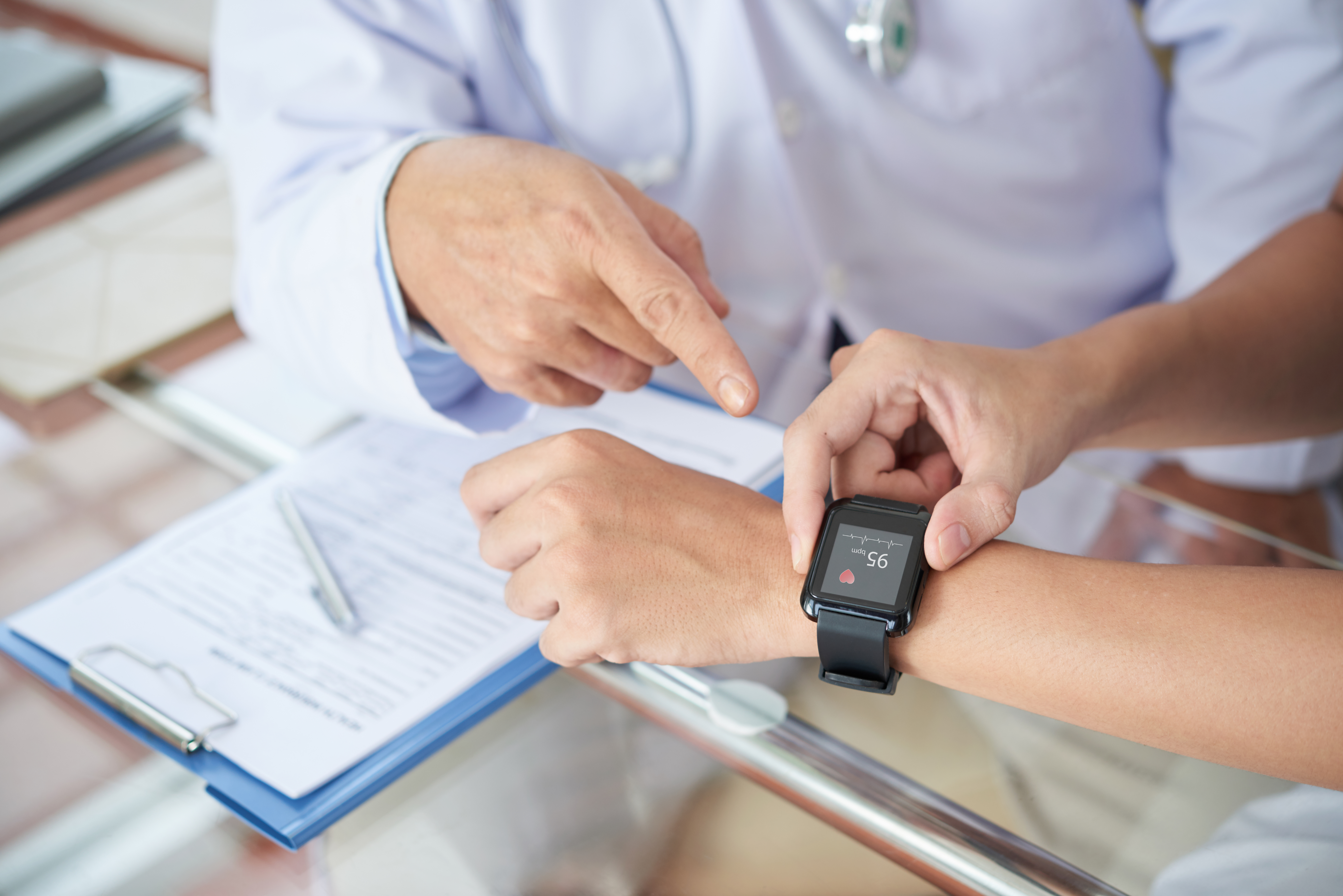
Technology revolutionized healthcare access and personal monitoring. Telemedicine expanded rapidly, bringing doctors to patients remotely. Wearables now track heart rate, sleep, and stress levels in real time. Health apps offer mood logging, symptom tracking, and medication reminders—empowering individuals to take control of their well-being. Data analytics helped health authorities forecast outbreaks and manage resources efficiently. In a post-pandemic world, technology bridges the gap between prevention and intervention. It also raises questions about privacy, equity, and digital access—challenges we must address. But when integrated thoughtfully, tech enhances both individual agency and systemic response across the health ecosystem.
11. The Importance of Community Health Initiatives
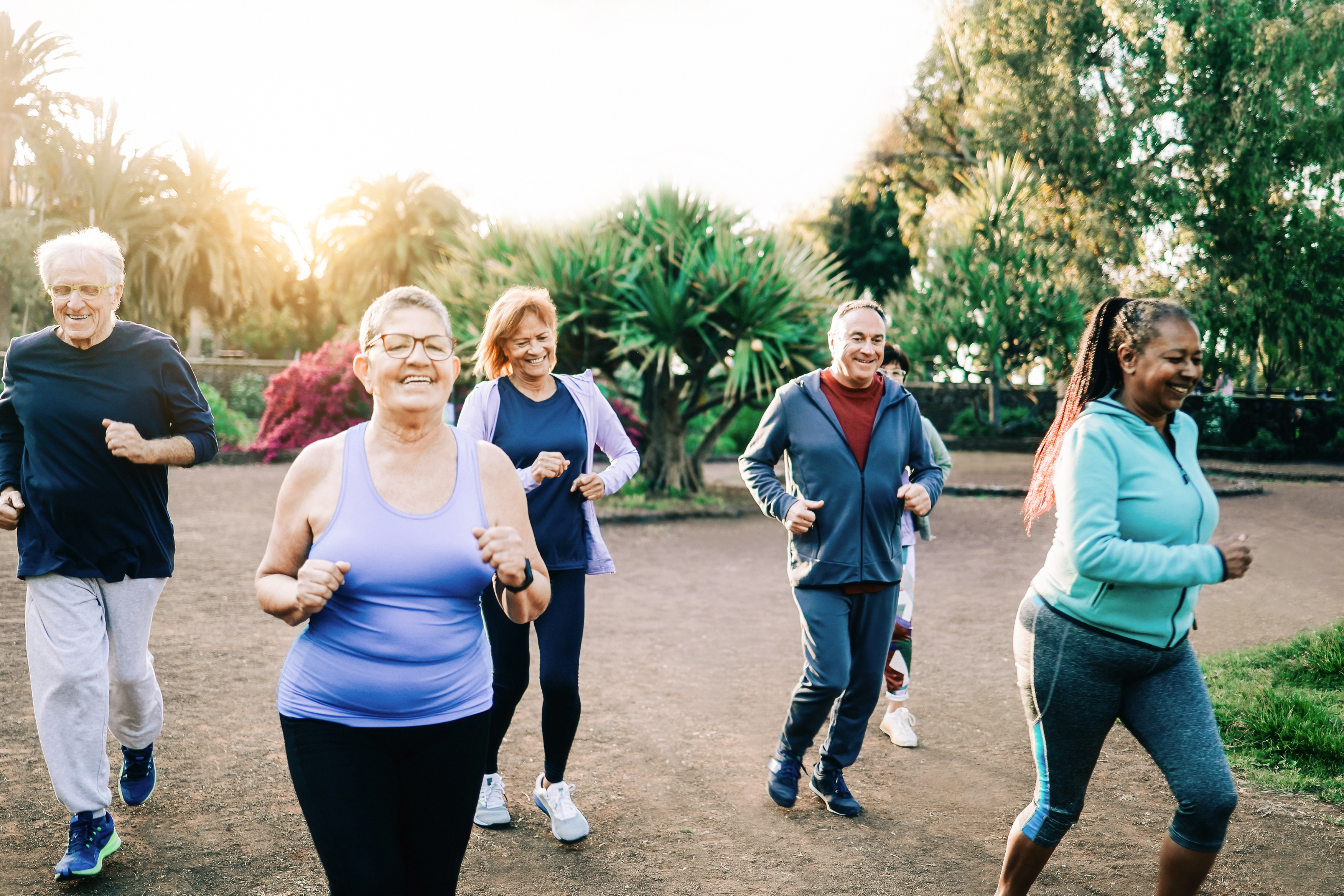
Community-based health efforts became lifelines during the pandemic—mobilizing local resources, disseminating accurate information, and supporting vulnerable groups. From food drives to vaccination camps, these grassroots efforts showcased the power of collective action. Post-pandemic, such initiatives remain critical. They bridge the gap between national health systems and everyday realities. Community health workers, volunteers, and neighborhood networks build trust, respond faster to crises, and adapt solutions to local contexts. By investing in and strengthening these initiatives, we enhance health equity, reach underserved populations, and foster resilience at the most human level—person to person, street to street.
12. The Role of Education in Health Literacy
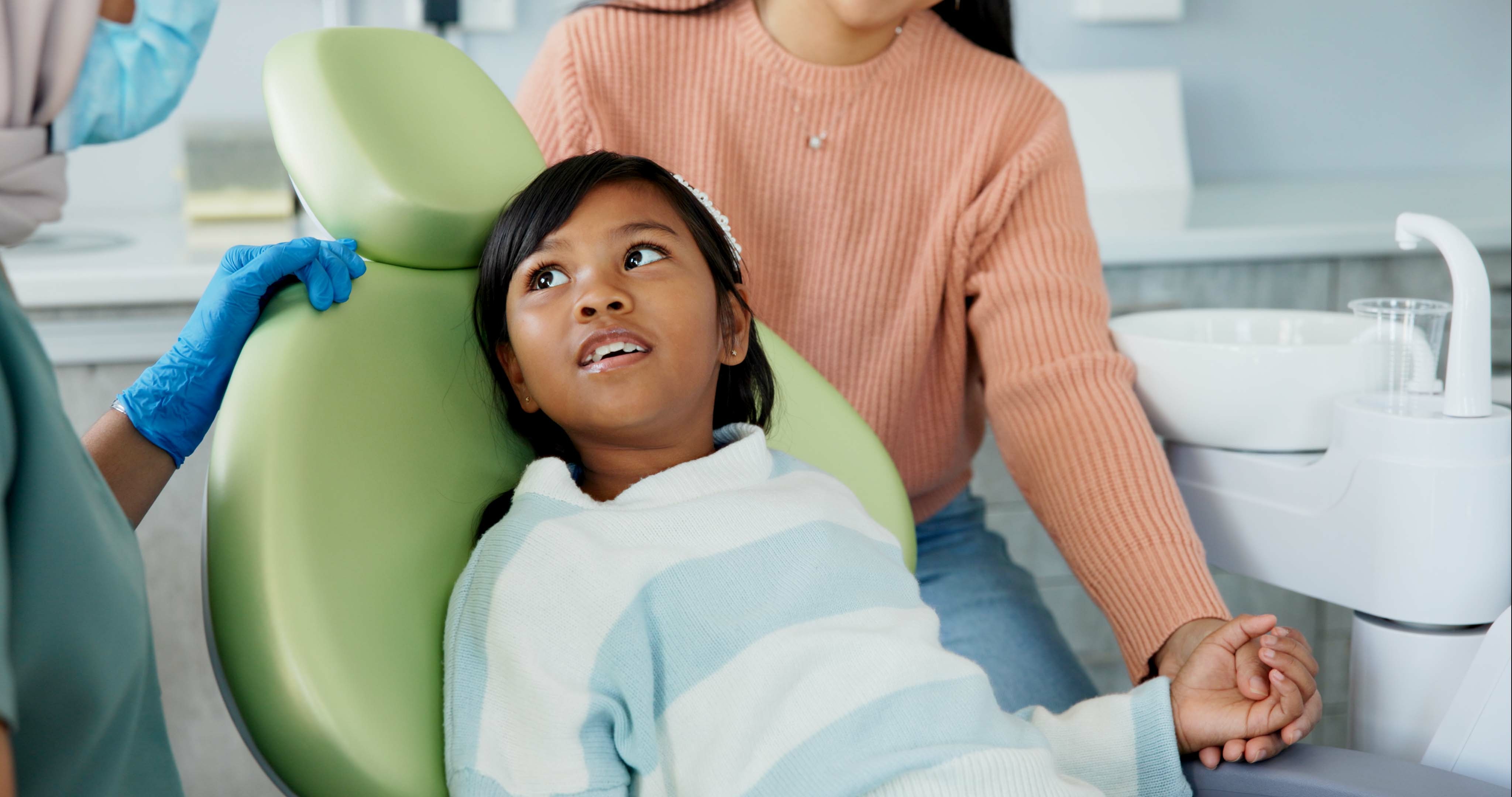
Health literacy enables individuals to understand, evaluate, and act on health information. During the pandemic, misinformation spread rapidly—highlighting the need for accessible, accurate education. Health literacy isn't just about understanding jargon; it’s about critical thinking, evaluating sources, and making informed choices. Schools, workplaces, media, and governments all play a role in shaping this understanding. In a post-pandemic world, improving health literacy means empowering people to protect themselves and others. It’s the difference between confusion and confidence, panic and preparedness. A well-informed public is a safer, healthier one.
13. The Significance of Work-Life Balance in Health
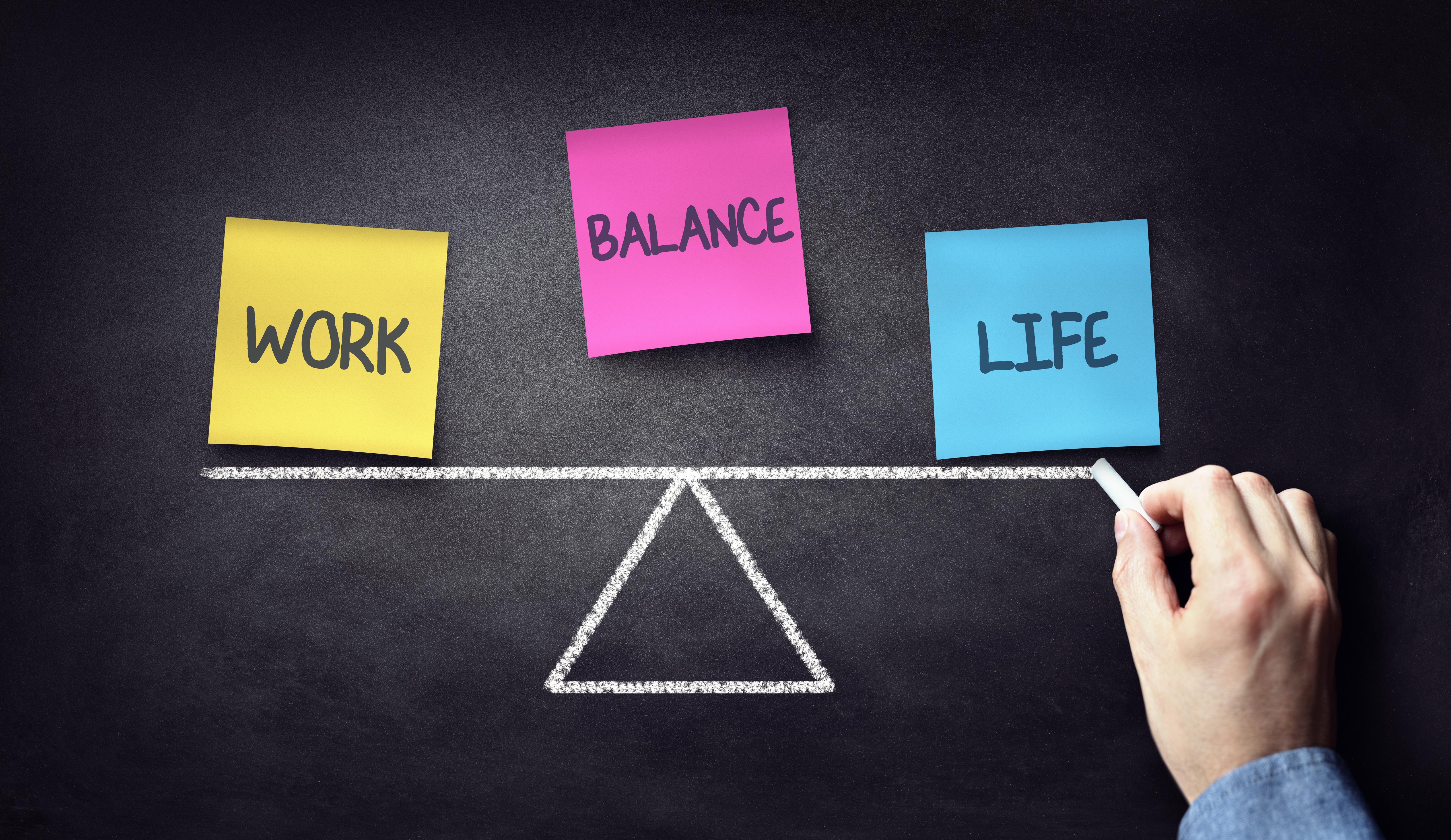
The blurring of work and home during lockdowns forced a collective reevaluation of work-life balance. Burnout, mental fatigue, and overwork became widespread. In response, conversations around boundaries, flexible hours, and workplace well-being gained momentum. Maintaining balance isn’t a luxury—it’s a health necessity. Work-life harmony supports emotional regulation, reduces chronic stress, and improves focus and relationships. It also boosts immunity and sleep quality. As organizations and individuals navigate hybrid models, sustainable structures must be prioritized. Post-pandemic, balance is not about doing less—it’s about doing right by your body, mind, and time.
14. The Role of Policy in Health and Safety

Public policy proved to be a decisive force in pandemic response—dictating lockdowns, resource allocation, testing, and vaccination rollouts. Clear, science-driven policies saved lives; delayed or inconsistent ones cost them. Moving forward, policy must be proactive, inclusive, and rooted in equity. This includes workplace safety laws, emergency preparedness, mental health funding, and healthcare access reforms. Policies are more than guidelines—they’re statements of collective priority. Post-pandemic, we must demand governance that treats health not as a privilege, but as a fundamental right, with protections built for both everyday risks and future crises.
15. The Future of Health Protocols and Innovation

The future of health is being shaped in real time—through adaptive protocols, digital innovation, and global collaboration. We’ve seen how quickly systems can change when urgency demands it. Moving ahead, that agility must remain. Contactless tech, AI-driven diagnostics, and personalized care models are transforming how health is delivered and experienced. But innovation must be matched by accessibility, inclusivity, and ethical oversight. We must not only build better systems but ensure they serve everyone. As we navigate an uncertain future, the lesson is that preparedness is not a plan, it’s a mindset—one grounded in adaptability, compassion, and shared responsibility.
16. Travel Insurance with Health Coverage: Not Optional Anymore

Once considered a “nice to have,” travel insurance with comprehensive health coverage is now non-negotiable. The pandemic exposed just how quickly a minor health issue can escalate into a logistical and financial nightmare—especially abroad. Choose a policy that covers not only emergency medical care, but also quarantine costs, COVID-related disruptions, and emergency evacuation if needed. Read the fine print: exclusions and coverage caps vary widely. In a post-pandemic world, insurance isn’t just about safety—it’s about agility. It allows you to pivot with confidence if plans change unexpectedly. It’s not fear-driven—it’s freedom-backed by foresight.
17. Contactless Everything: From Check-in to Checkout
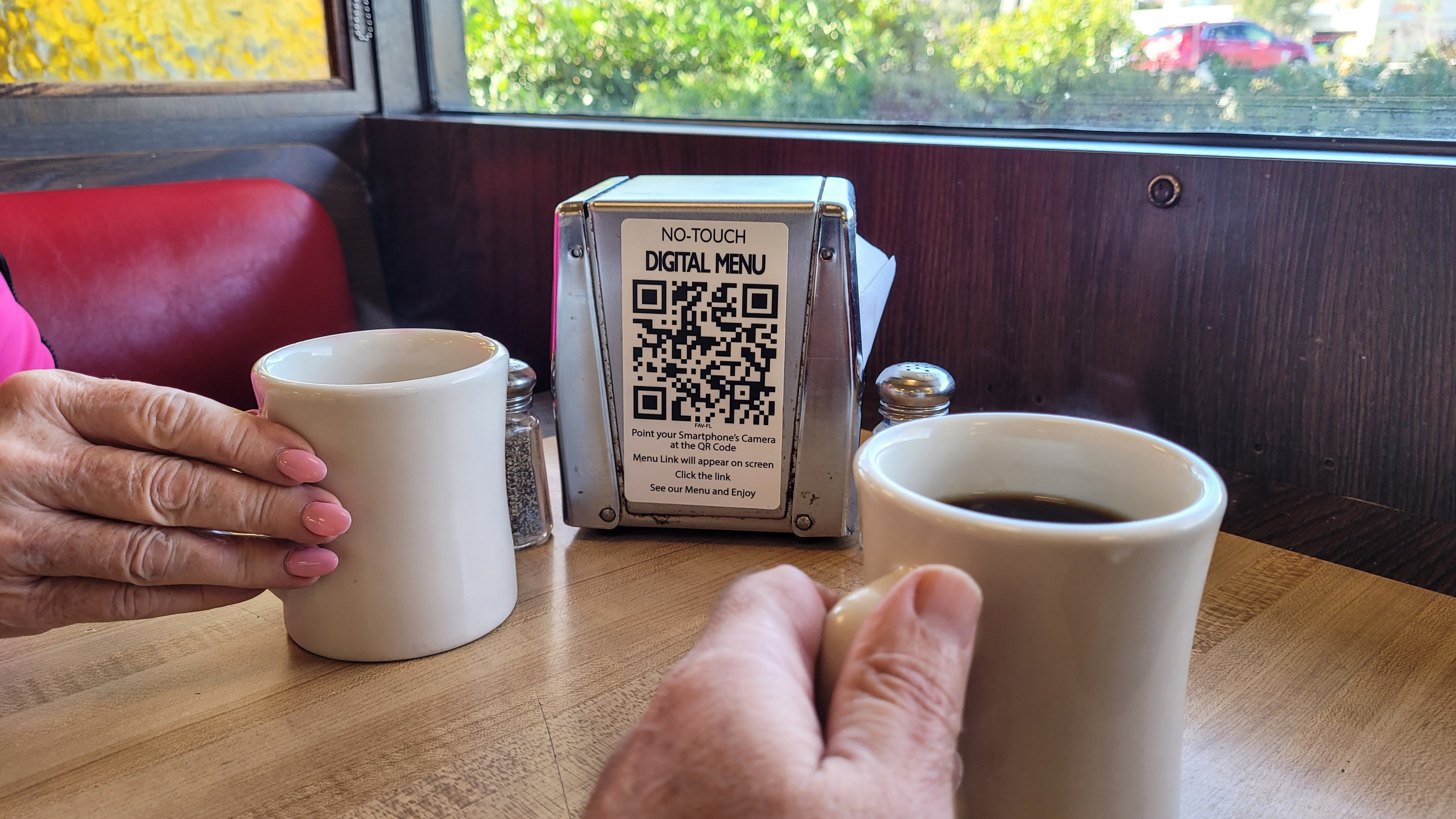
The rise of contactless technology is one of the most visible shifts in post-pandemic travel. From boarding passes and hotel check-ins to digital menus and tap-to-pay options, minimizing physical touchpoints has become standard protocol. Beyond convenience, these systems help reduce germ transmission and streamline your experience. Savvy travelers now prioritize apps that sync bookings, health documentation, and itinerary changes. Want an extra layer of safety and speed? Go paperless, cashless, and hands-free where possible. In this new travel era, the less you touch, the more seamlessly you move.
18. Smart Packing: Your Portable Health Kit
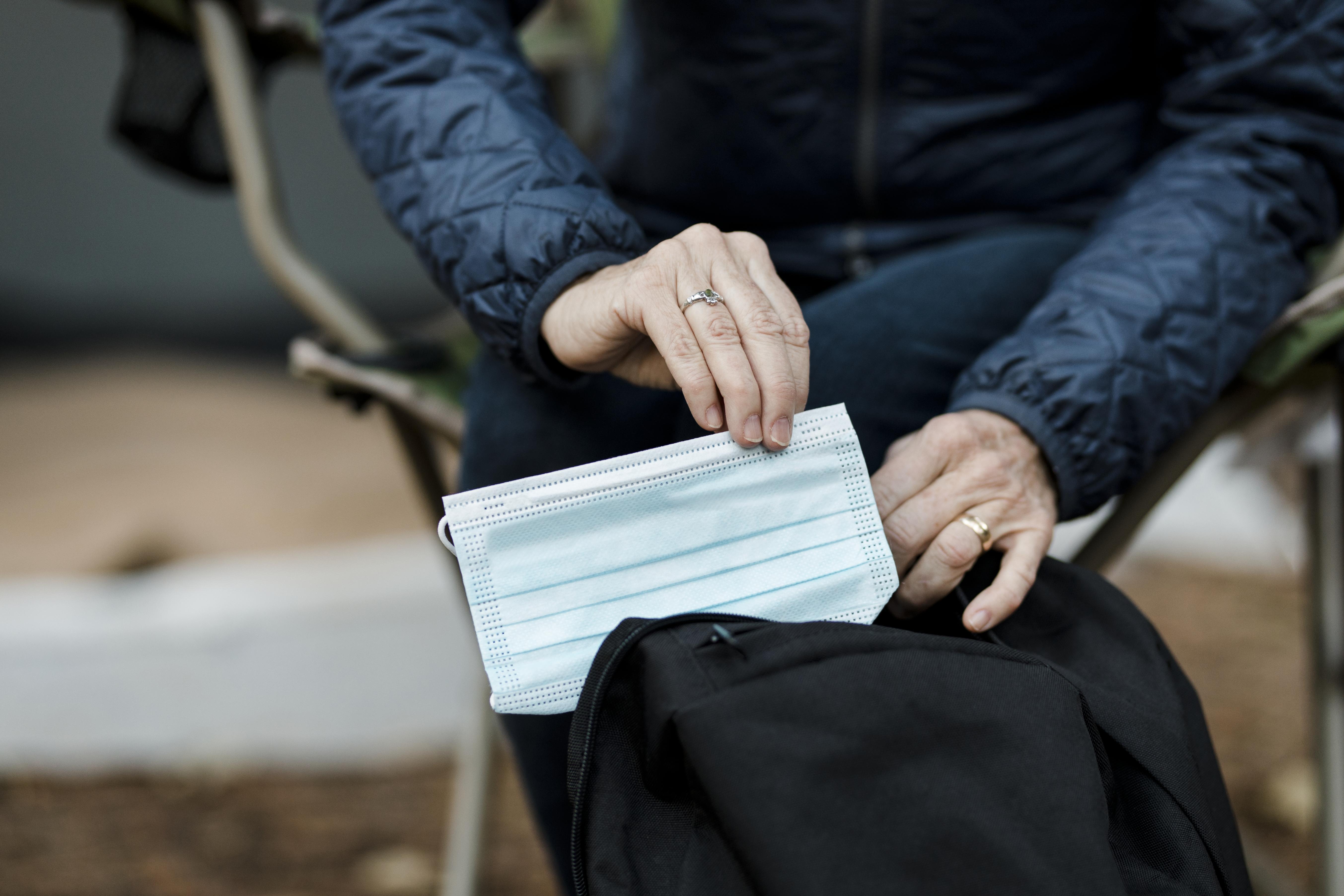
The days of packing “just in case” are over—it’s time to pack with purpose. A well-stocked travel health kit should now include essentials like high-filtration masks, hand sanitizer, basic medications, electrolyte sachets, digital thermometers, and disposable gloves. Add in a few COVID self-tests for longer trips or remote destinations. Tailor it to your needs: allergy meds, motion sickness remedies, or anything not easily available abroad. Think of your kit as your first line of defense—a compact command center that buys you time, autonomy, and peace of mind, especially when access to care is delayed or limited.
19. Pre-Trip Research: Know the Local Health Landscape

Before you land in a new country, know what you’re walking into—literally. Health protocols still vary by region, and staying informed means avoiding surprises. Look up local vaccination requirements, current outbreaks (like dengue or norovirus), healthcare access, and emergency contact numbers. Some countries require proof of travel insurance or digital health declarations at entry. Knowing local norms—like mandatory masks in clinics or pharmacies—helps you adapt respectfully. Being prepared doesn’t mean being anxious. It means you travel with intelligence and cultural sensitivity in equal measure.
20. Respecting Vulnerable Populations While Abroad
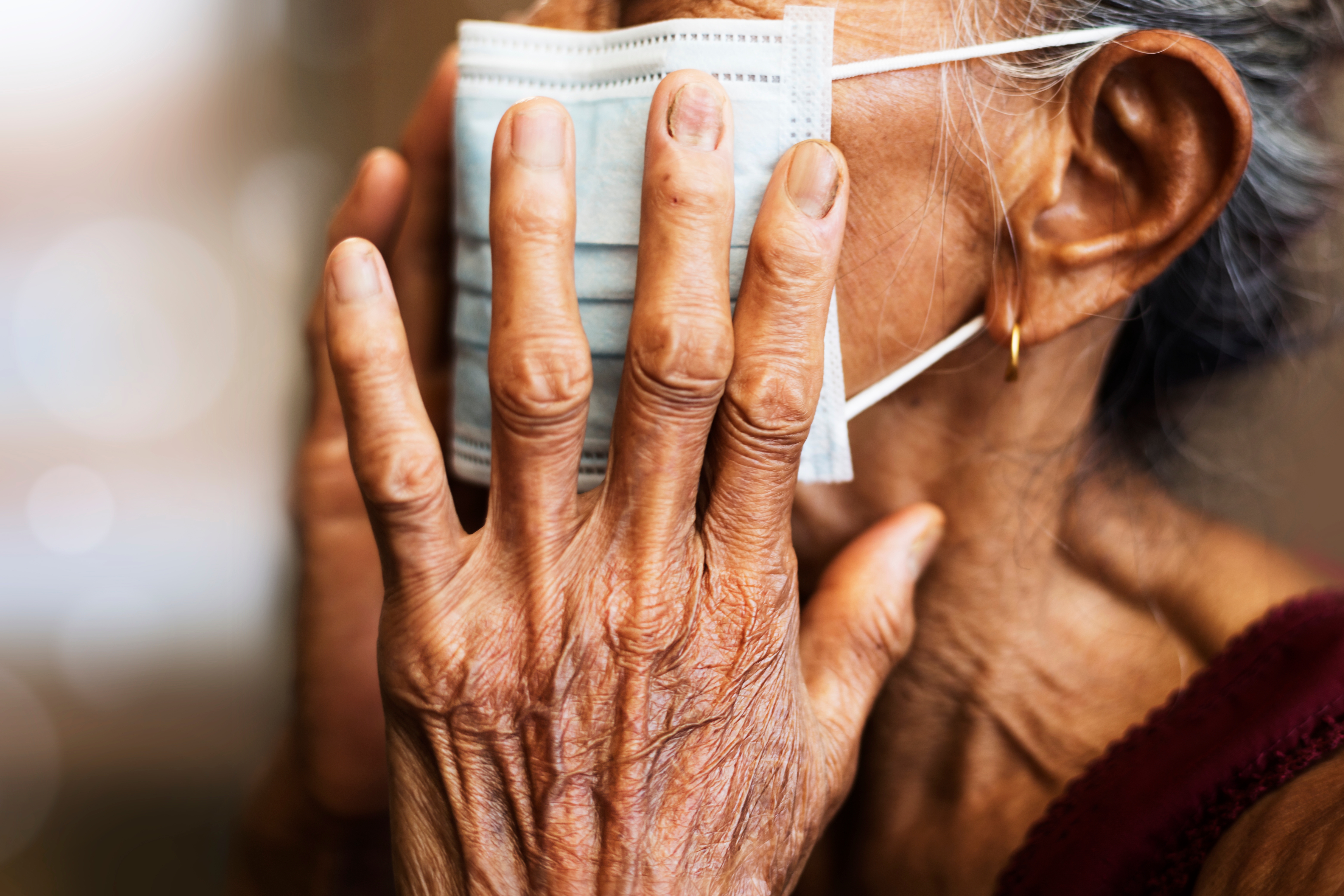
As travel rebounds, many tourists are returning to places that have fewer resources and fragile healthcare systems. What you bring—germs, habits, or entitlement—can have outsized consequences. Respect for local communities means more than tipping well. It means masking in clinics, not crowding vulnerable elders, and following local protocols even if they're stricter than back home. Your health choices don’t exist in a vacuum. When you travel with compassion and caution, you protect not just yourself, but the people gracious enough to host you. In this new era, care is a form of currency—and the most meaningful one we carry.
Health Is the New Passport

Travel has always been about discovery—but in this new era, it’s also about responsibility. The freedom to move through the world now comes with an unspoken pact: to care not just for ourselves, but for the people and places we encounter. These 20 health protocols aren’t restrictions—they’re tools for resilience, for showing up informed, prepared, and respectful in a world still healing. Whether you're boarding a plane, crossing a border, or sharing a table in a crowded café, your choices ripple outward. And in that ripple lies the future of travel. Health is no longer just a checklist—it’s a mindset, a muscle, a quiet form of leadership. So pack your passport, your essentials, and your awareness. Because in this chapter of global movement, staying well isn’t just about avoiding illness. It’s about showing up whole—and leaving places better than you found them.





